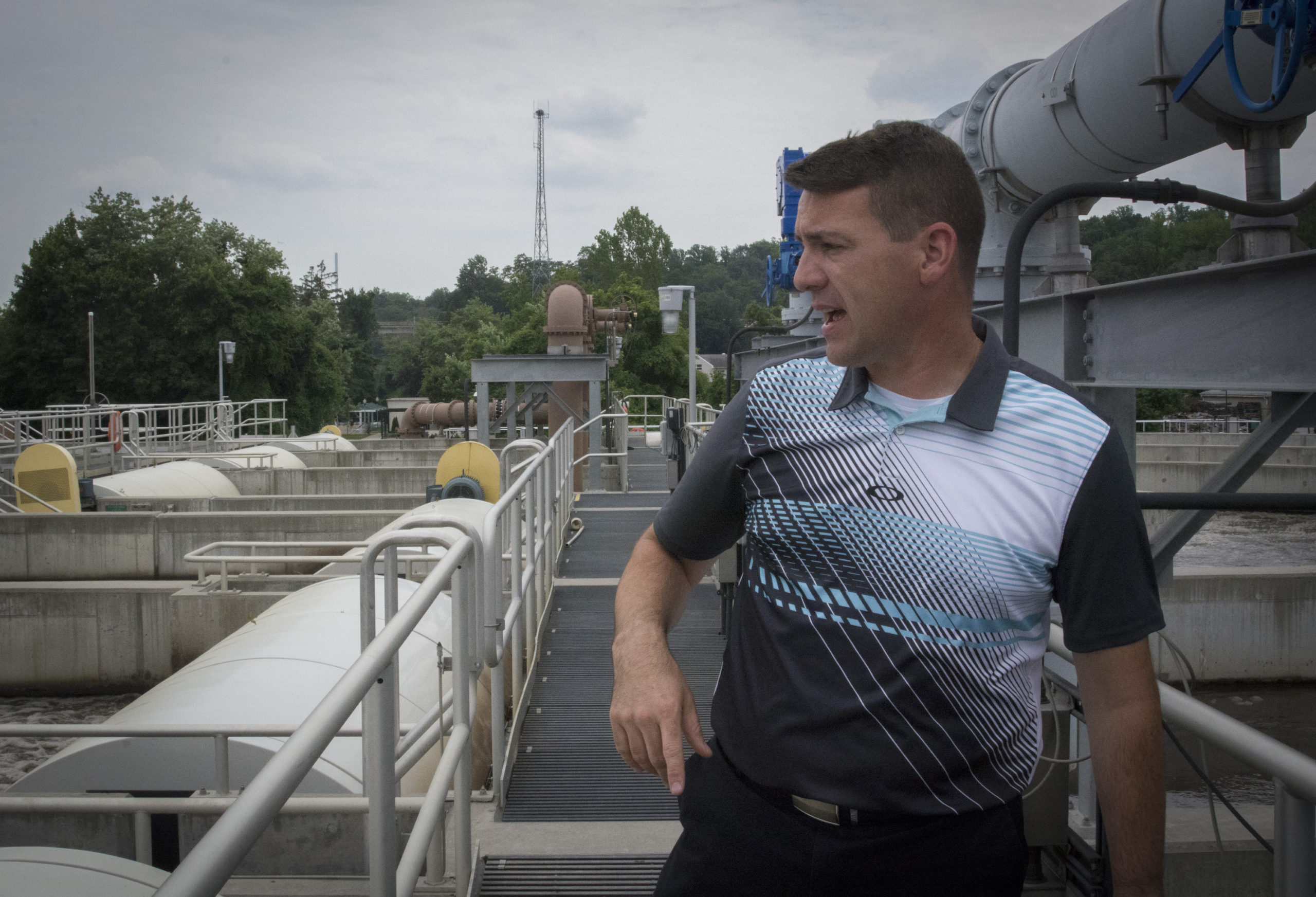Great Neck’s Water Pollution Control District may be a public entity, but its officials say that over the last few years, they’ve operated a bit differently.
“[It’s] run more as a business,” said Steve Reiter, a commissioner for the Great Neck Water Pollution Control District.
By that, Reiter means the District has relentlessly searched for ways to save costs and increase efficiency. This has especially been the case since 2008, when the district agreed to consolidate with the Village of Great Neck’s waste management systems.
This was the first consolidation in New York State- consequently, the District had waded into uncharted waters. They had a 40 percent increase to their service area in 2013, added 24 miles of sewer lines to manage and nearly doubled its number of force mains, which use pressure to move wastewater.
Between its old service area, the Village of Great Neck and additional services provided to entities like North Shore University Hospital, the Great Neck Park District and Merchant Marine Academy, the Great Neck Water Pollution Control District serves over 25,000 people.
But rather than increase costs, officials said, that investments in technology and initiatives are lowering taxpayer costs while providing more bang for the buck. Currently, officials estimate that yearly savings will amount to $2,747,000.
“These numbers, for the most part, are conservative numbers,” said Jerry Landsberg, chairman and commissioner of the Great Neck Water Pollution Control District.
Their greatest savings came from the closure of Great Neck Village’s wastewater processing facility, which operated at roughly $2,000,000 per year. But a variety of new measures are also projected to add hundreds of thousands in savings.

Superintendent Christopher Murphy described an array of systems the facility has. The Supervisory Control and Data Acquisition system, for example, monitors all their pumps and equipment real time while logging that information.
Additionally, their Cityworks asset management system provides information on equipment, costs and automatically sends out work orders to personnel’s smartphones.
And unlike many other sewer districts, the water pollution control district does in-house repairs of pipes and manholes. They use cured in place piping, able to withstand pressure of 1 million PSI, to line and fix their piping at $15 per foot rather than the market standard of $95 per foot. Additionally, when relining manholes, they utilize spin cast concrete.
“We’re the only place in New York that does it,” Murphy said.
The district also invested in micro turbine facilities. Their first two, which were described as “basically a small jet engine,” have been online since January 2015. They have since generated about a quarter of their electricity, 80 percent of its heat and saved the district nearly $300,000 over their two years of operation.

In addition to this, the district hopes to add a third micro turbine so 50 percent of their power and 100 percent of the heat the facility needs to function is generated in-house. Officials said they expect savings of $84,000 per year from this.
Their new belt press, which presses water out of sludge, lowers the weight of a final product, ultimately saving money in overtime and hauling. The project, which was finished $800,000 under budget, has so far realized $114,000 in savings.
The district’s next step is upgrading their digesters, which break down biowaste and creates methane that can be used as power. This, officials said, is relatively uncommon.
“A lot of others would just flare it,” Landsberg said.
By adding a membrane cover and upgrading the digesters, officials said that it will likely triple their gas storage, double their methane production and add new safety features that weren’t around in the 1970s when the machines were first built.
The extra space would then allow for the addition of a $800,000 grease receiving station. While officials said this may sound expensive on the surface, the initiative could generate over $100,000 per year in tipping fees and decrease sludge hauling costs just as much.
“They don’t have anywhere to take it,” Murphy said, noting that the nearest stations are in New Jersey and eastern Suffolk County.
Officials also noted their efforts in water conservation. By using mechanical seals in their pump stations and using effluent water rather than potable water, the district estimates they save 13 – 15 million gallons of potable water per year.
In the end, officials said that this technology and approach can be done in many places. They said it could translate to greater savings and large facilities saving billions of gallons of water each year.
“We’re really not re-inventing the wheel,” Murphy said.



